Sizing Up Beijing’s Air Pollution Against Other Cities
Beijing is internationally notorious for its air pollution – surely it ranks among the top five smoggiest cities in the world, right? Wrong. In fact, our fair city doesn't even rank among the top 20, according to the World Health Organization (WHO). This is but one of a number of surprising revelations about Beijing's air quality in relation to other pollution hotspots. Below, we've outlined a few others:
1. Beijing is not among the 20 most polluted cities in the world
This past summer the WHO released its "Ambient (outdoor) air pollution in cities database 2014" – despite the amount of media attention given to Beijing's hazardous AQI levels, the Chinese capital only ranked 56 on the list, with the top 20 instead being dominated by Indian and Pakistani cities, with Delhi placed at the very top. The Indian capital's annual average of PM10 and PM2.5 concentration is 153 ug/m3 (micrograms per cubic meter of air). Beijing's yearly average, meanwhile, has sat at 100 ug/m3 since 2008, though during the worst days of our city's "Airpocalypse" pollution nadir in 2013, the micrograms per cubic meter of air reached a staggering 800 ug/m3. The Environmental Performance Index (EPI) also declared Delhi's pollution to be the world's worst in 2014, though other experts said the Indian capital doesn't keep accurate enough records to make such findings conclusive.
On the flipside, a WHO study from 2014 found that the countries with the best air quality tend to have the lowest population densities, highest amount of forestland and strict air pollution regulations, which is why it’s not surprising to see Iceland, Canada and Finland topping the list.

2. Beijing isn’t even among China's ten most polluted cities
Beijing has not only managed to avoid cracking the top 10 most polluted cities in the world, it isn't even among the smoggiest of China's municipalities. Unfortunately we are no better off for it because many of those chief polluters are within the vicinity of our city.
In February the China Daily ranked China's most polluted towns, saying: "Of the 10 worst-performing cities in 2014, seven were located in the heavy industrial province of Hebei, which surrounds the capital, Beijing … The cities of Baoding, Xingtai, Shijiazhuang, Tangshan, Handan, and Hengshui, all in Hebei, filled the top six places."
This announcement prompted Jennifer Duggan, a reporter for The Guardian, to visit China's top ranked polluted city, Baoding. She wrote that the Hebei municipality only had 16 days where the official AQI registered as “good” between January and May. She described how its air leaves a "metallic tang" in one's throat, and quoted a local man who said: “It was much better when I was young – the air was very clean. We rarely see blue skies now.” The piece is also compelling because it gets to the bottom of a bizarre quandary: why is Baoding's air so bad when its number of coal power plants and industrial refineries are so low? You can read how Duggan solves that mystery and more here.
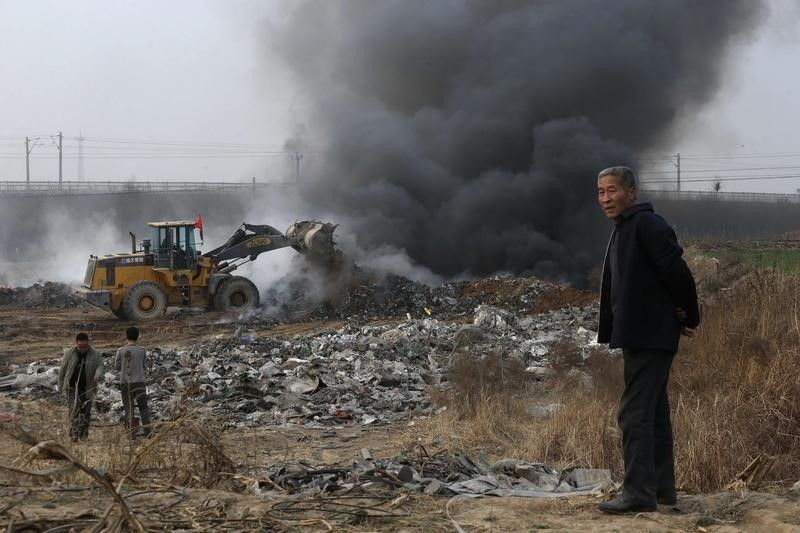
3. China's growing list of green cities
The China Daily's rankings also includes a list of the country's greenest municipalities. While the article concedes that AQI levels were far below standards in many regions, especially in the northeast and the areas surrounding Beijing, it points out that six cities are now meeting the benchmark. That's a promising, albeit small, improvement over 2013 when only three locales – the Hainan island city of Haikou, the Tibetan capital of Lhasa, and the seaside city of Zhoushan – made the cut. Since then Shenzhen, Huizhou and Zhuhai in southern Guangdong province, Fuzhou in neighboring Fujian, and Kunming in the southwest, have all met that standard. Here's hoping even more cities, and someday, perhaps even Beijing, meet this criteria in the next few years.
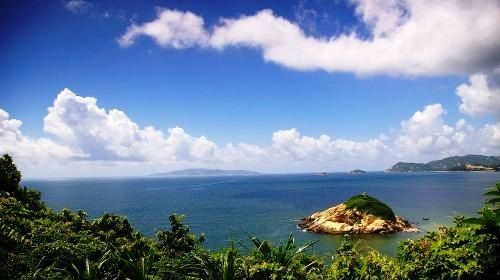
4. According to the World Bank, China and India aren’t even the world’s most polluted countries
This past summer the World Bank released its Little Green Data Book, which included stats on the world's most polluted countries. Surprisingly China didn't top that list, nor did India. Instead the dubious distinction belongs to the United Arab Emirates (UAE).
Officials for the Middle Eastern country, which is home to regional economic centers Dubai and Abu Dhabi, objected to the findings. They conceded that the UAE's manufacturing of cement, power generation, and car traffic all degrade air quality, but contended that their country’s desert climate is the primary source of its PM2.5s, adding that those fine particles are comprised of naturally sandy dust stirred up by windstorms and construction, as opposed to China's carcinogenic, coal-fired PM2.5s.
But don’t start feeling too smug, the World Bank's ranking also shows that the PRC's pollutants have reached 73 micrograms per cubic meter, only marginally lower than the UAE's 80 micrograms (sand or no sand). India was less than half that, at 32 micrograms, while the US had a comparatively minuscule 13 micrograms.
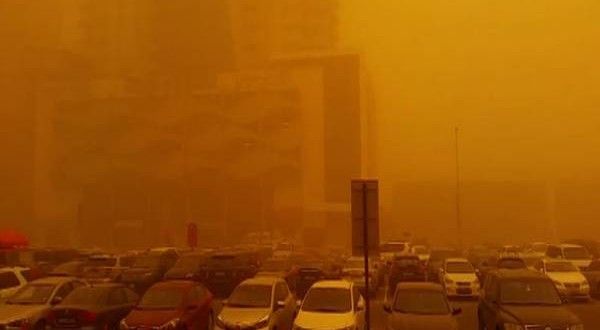
5. The world's cleanest cities have fewer cars
Coal is frequently cited as one of the major contributors to Beijing's smog, but cars are as much of a culprit. A study conducted by The Blacksmith Institute and Green Cross Switzerland says that the world's cleanest cities, which include Calgary, Honolulu, Helsinki, Finland, and Ottawa among the top five – all have low traffic congestion, mostly thanks to light rail systems. Beijing would be well advised to invest even more into clean energy and its already overflowing public transportation system to stem the smog.
6. How the big polluters cleaned up their act
In the 1950's London England was infamously known for the "pea soup" murkiness of its air. However, an article in The Diplomat says the British capital's current blue skies can be attributed to its "dash to gas" and away from coal, its adoption of an "incredibly integrated" transit system that coincides nicely with its bike-share system, congestion fees, and compact urban planning as opposed to Beijing's wide sprawl. The author wrote that the PRC capital could learn many lessons from London in this regard, before going on to tout Los Angeles' aggressive adoption of renewable energy and its electrical transportation rebate program as innovative steps in eliminating its once infamous smog. In short: if London and Los Angeles were able to clean up their acts through policy, planning and foresight, then there is hope yet for Beijing.
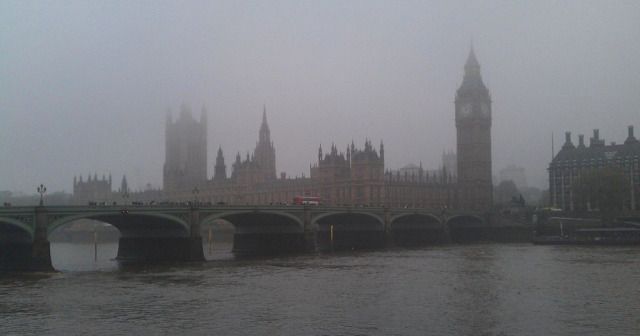
In the meantime, here’s how to protect yourself and breathe easier ...
MayAir's purifiers have several pollution busting features, like HEPA filters that ward of PM2.5's and a patented design that transforms VOC's into harmless, easily disposable water. For more information on their top of the line purifiers, visit mayair.com.cn.
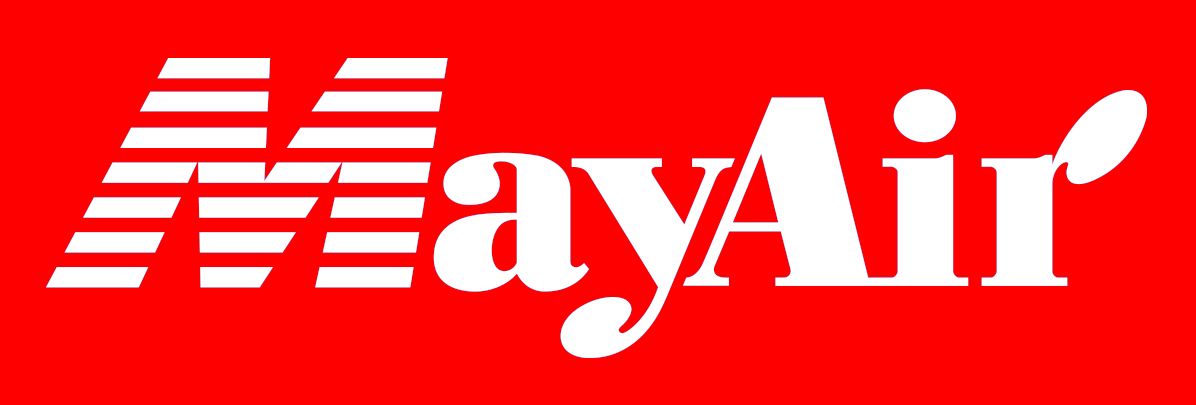
This post is sponsored by MayAir. Find out more about by visiting mayair.com.cn.
Photos: chun @ beijing (Flickr), China Stringer Network (Flickr), funkarachi (Flickr), spydersen (Flickr)

